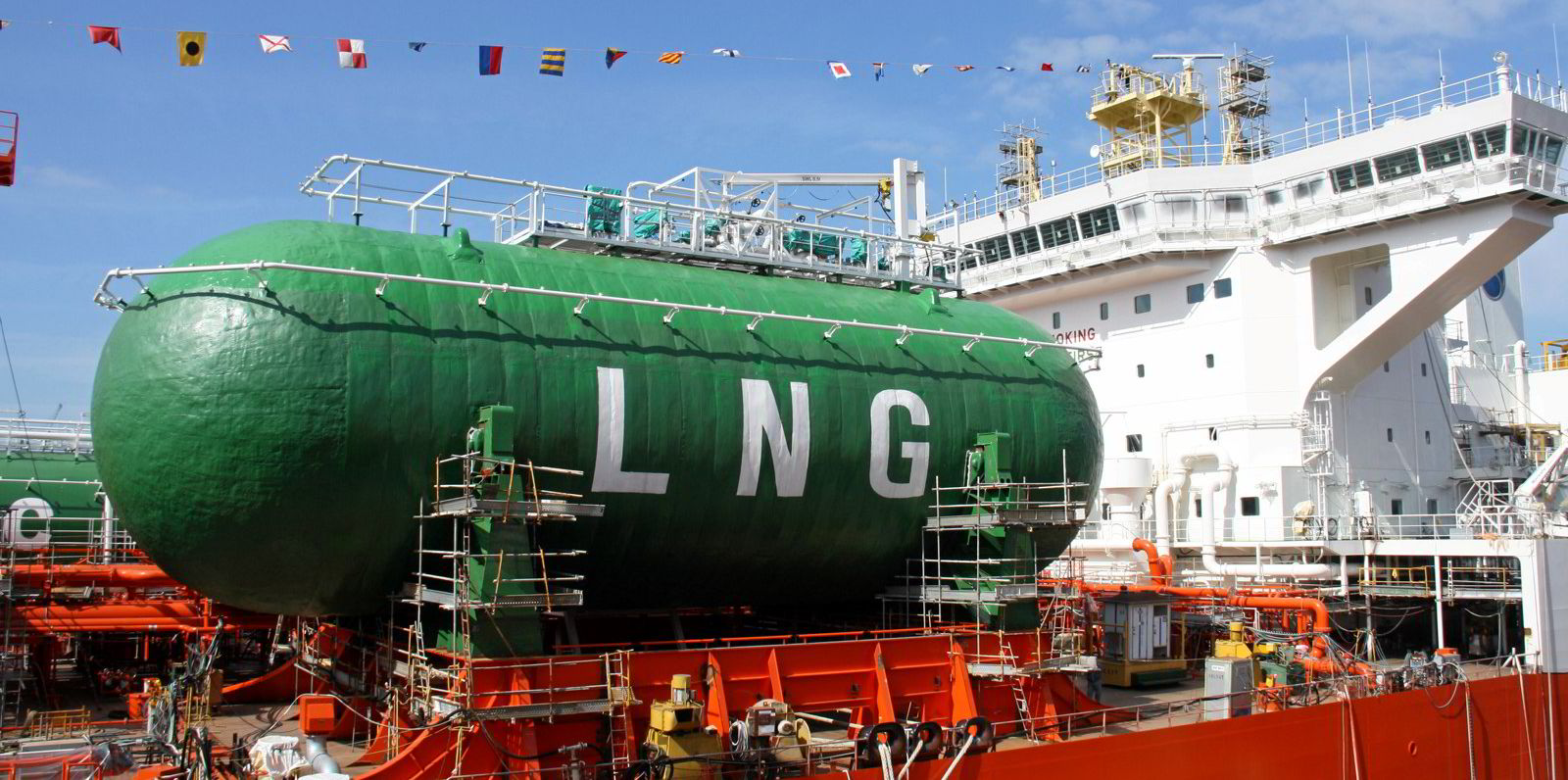Oil & Gas
CHINA’S LNG IMPORTS SLUMP TO 5-YEAR LOW.
JUMA SULEIMAN

Liquefied natural gas (LNG) imports to China dropped to their lowest level since 2020, reaching 4.5 million tons in February, according to Kpler data reported by Bloomberg. The decline in imports was driven by weaker demand, influenced by a relatively warm February. This shift also resulted in China losing its position as the world’s top LNG importer, as Japan surpassed it due to higher energy demand.
Another factor contributing to the decrease in LNG imports was China’s lower industrial activity and ample gas storage levels. Last year, the country aggressively increased its LNG and pipeline gas imports, leading to a 14.3% rise in total natural gas imports in the first half of the year. However, once storage facilities reached capacity, the need for additional imports weakened, further dampening demand.
Future LNG imports to China may also be impacted by the introduction of a 15% retaliatory tariff on U.S. LNG imports. This tariff was implemented in response to the 10% tariff imposed by former U.S. President Donald Trump on all Chinese imports. Analysts suggest that these trade measures will likely disrupt energy flows between the two countries, forcing China to seek alternative sources of LNG or swap American cargoes elsewhere.
If trade tensions escalate, Chinese buyers might become reluctant to commit to long-term LNG supply contracts with U.S. exporters. This could undermine one of the key objectives of the Trump administration—expanding U.S. LNG exports to reduce the trade deficit and enhance geopolitical influence. Such uncertainties in global energy markets could further shift LNG trade dynamics, impacting both producers and consumers worldwide.
